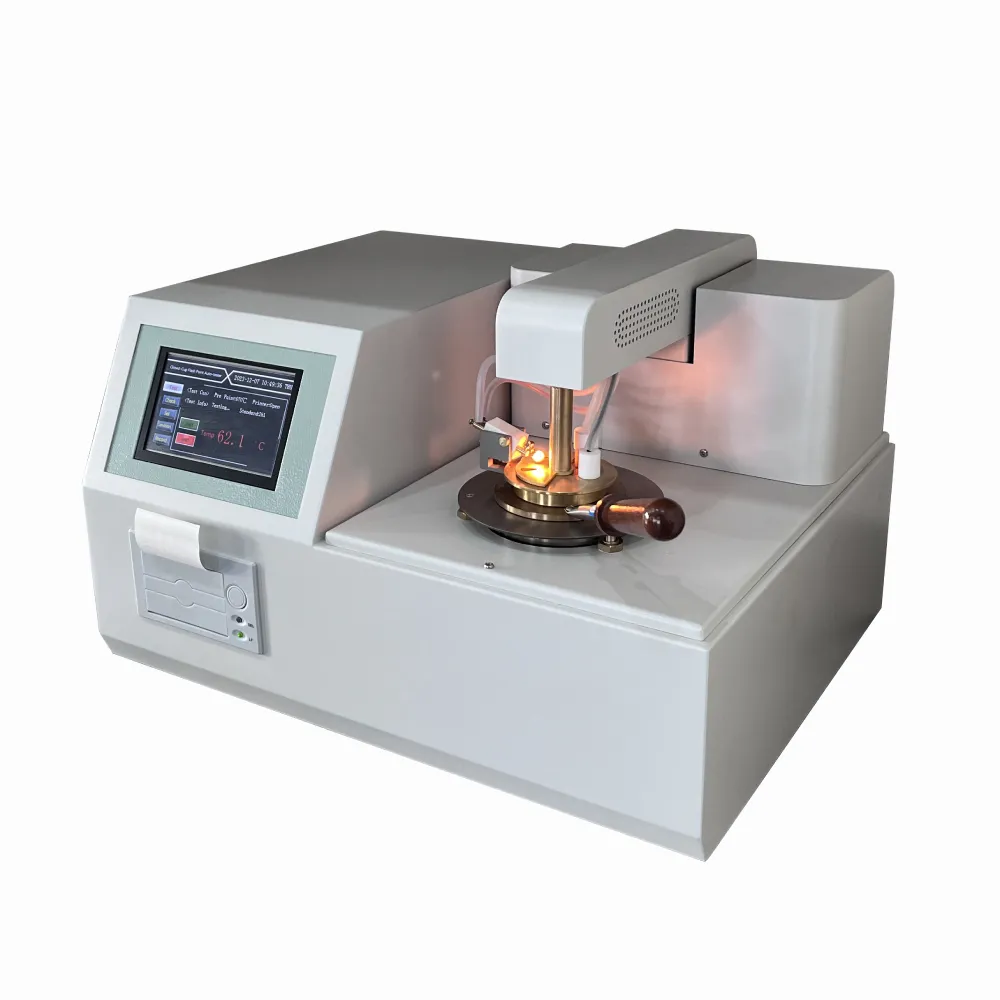 English
English



-
 Afrikaans
Afrikaans -
 Albanian
Albanian -
 Amharic
Amharic -
 Arabic
Arabic -
 Armenian
Armenian -
 Azerbaijani
Azerbaijani -
 Basque
Basque -
 Belarusian
Belarusian -
 Bengali
Bengali -
 Bosnian
Bosnian -
 Bulgarian
Bulgarian -
 Catalan
Catalan -
 Cebuano
Cebuano -
 China
China -
 China (Taiwan)
China (Taiwan) -
 Corsican
Corsican -
 Croatian
Croatian -
 Czech
Czech -
 Danish
Danish -
 Dutch
Dutch -
 English
English -
 Esperanto
Esperanto -
 Estonian
Estonian -
 Finnish
Finnish -
 French
French -
 Frisian
Frisian -
 Galician
Galician -
 Georgian
Georgian -
 German
German -
 Greek
Greek -
 Gujarati
Gujarati -
 Haitian Creole
Haitian Creole -
 hausa
hausa -
 hawaiian
hawaiian -
 Hebrew
Hebrew -
 Hindi
Hindi -
 Miao
Miao -
 Hungarian
Hungarian -
 Icelandic
Icelandic -
 igbo
igbo -
 Indonesian
Indonesian -
 irish
irish -
 Italian
Italian -
 Japanese
Japanese -
 Javanese
Javanese -
 Kannada
Kannada -
 kazakh
kazakh -
 Khmer
Khmer -
 Rwandese
Rwandese -
 Korean
Korean -
 Kurdish
Kurdish -
 Kyrgyz
Kyrgyz -
 Lao
Lao -
 Latin
Latin -
 Latvian
Latvian -
 Lithuanian
Lithuanian -
 Luxembourgish
Luxembourgish -
 Macedonian
Macedonian -
 Malgashi
Malgashi -
 Malay
Malay -
 Malayalam
Malayalam -
 Maltese
Maltese -
 Maori
Maori -
 Marathi
Marathi -
 Mongolian
Mongolian -
 Myanmar
Myanmar -
 Nepali
Nepali -
 Norwegian
Norwegian -
 Norwegian
Norwegian -
 Occitan
Occitan -
 Pashto
Pashto -
 Persian
Persian -
 Polish
Polish -
 Portuguese
Portuguese -
 Punjabi
Punjabi -
 Romanian
Romanian -
 Russian
Russian -
 Samoan
Samoan -
 Scottish Gaelic
Scottish Gaelic -
 Serbian
Serbian -
 Sesotho
Sesotho -
 Shona
Shona -
 Sindhi
Sindhi -
 Sinhala
Sinhala -
 Slovak
Slovak -
 Slovenian
Slovenian -
 Somali
Somali -
 Spanish
Spanish -
 Sundanese
Sundanese -
 Swahili
Swahili -
 Swedish
Swedish -
 Tagalog
Tagalog -
 Tajik
Tajik -
 Tamil
Tamil -
 Tatar
Tatar -
 Telugu
Telugu -
 Thai
Thai -
 Turkish
Turkish -
 Turkmen
Turkmen -
 Ukrainian
Ukrainian -
 Urdu
Urdu -
 Uighur
Uighur -
 Uzbek
Uzbek -
 Vietnamese
Vietnamese -
 Welsh
Welsh -
 Bantu
Bantu -
 Yiddish
Yiddish -
 Yoruba
Yoruba -
 Zulu
Zulu
stability test in transformer
Stability Test in Transformer Models Ensuring Robustness in NLP
As the field of Natural Language Processing (NLP) continues to evolve, transformer models have emerged as a dominant architecture, powering numerous applications ranging from machine translation to text generation. However, the effectiveness of these models hinges not only on their performance metrics but also on their stability and robustness under various conditions. This is where the stability test comes into play, serving as a crucial component in the development and evaluation of transformer models.
Understanding Stability in Transformers
Stability in the context of transformers refers to the model's ability to produce consistent and reliable outputs when subjected to variations in input data or training conditions. Factors that can affect stability include the distribution of training data, hyperparameter settings, and even the randomness associated with weight initialization. A stable transformer model will not only perform well on its training data but also generalize effectively during inference, maintaining accuracy across a range of unexpected scenarios.
The Importance of Stability Testing
Conducting stability tests is crucial for identifying potential weaknesses in a transformer model. Stability tests help ensure that the model does not overfit to the training data, which can manifest as poor performance on unseen data. Moreover, these tests can help detect issues related to adversarial inputs, where small perturbations in the input data could lead to significant changes in the output. By assessing the model’s stability, developers can ensure that their transformers are robust enough to handle real-world variability.
Methods for Stability Testing
stability test in transformer

There are several approaches to test the stability of transformer models
1. Performance Consistency Across Different Runs By training the model multiple times with different initializations and tracking performance metrics like accuracy or loss, researchers can gauge the variability in results. High variance across trials may indicate underlying stability issues.
2. Adversarial Testing This involves evaluating the model's performance when subjected to carefully crafted adversarial examples. These are inputs specifically designed to mislead the model, and a stable transformer should ideally maintain its performance even in the presence of such perturbations.
3. Cross-Domain Validation Given that transformers are often trained on specific datasets, it’s crucial to assess their performance on data from other domains. This can help identify if the model is overly specialized and can promote the development of a more generalized, robust system.
4. Sensitivity Analysis Evaluating how sensitive the model is to changes in input data can also be enlightening. For instance, by systematically altering certain features of the input data, developers can observe the model’s output variability and assess its stability in relation to these changes.
Conclusion
In conclusion, stability testing is an essential aspect of developing transformer models that are not only powerful but also reliable. As transformers continue to redefine the capabilities of NLP, ensuring the robustness of these models through thorough stability tests will foster greater trust in their deployment across various applications. By understanding and implementing effective stability testing methodologies, researchers and practitioners can enhance the performance and adaptability of transformer models, paving the way for innovations in the field of artificial intelligence. As we move forward, a focus on stability will be crucial in realizing the full potential of these transformative technologies.
-
Ensuring SF₆ Gas Safety: Introducing PUSH’s Integrated SF₆ Analyzer for Dew Point, Purity, and Decomposition MonitoringNewsJul.10,2025
-
Exploring the Main Types of Industrial Endoscopes and Their Applications Across IndustriesNewsJul.04,2025
-
Testing Equipment Industry Sees Major Advancements in 2025: Smart & Precision Technologies Lead the WayNewsJun.06,2025
-
Applications of Direct Current Generators in Renewable Energy SystemsNewsJun.05,2025
-
Hipot Tester Calibration and Accuracy GuidelinesNewsJun.05,2025
-
Digital Circuit Breaker Analyzer Features and BenefitsNewsJun.05,2025



